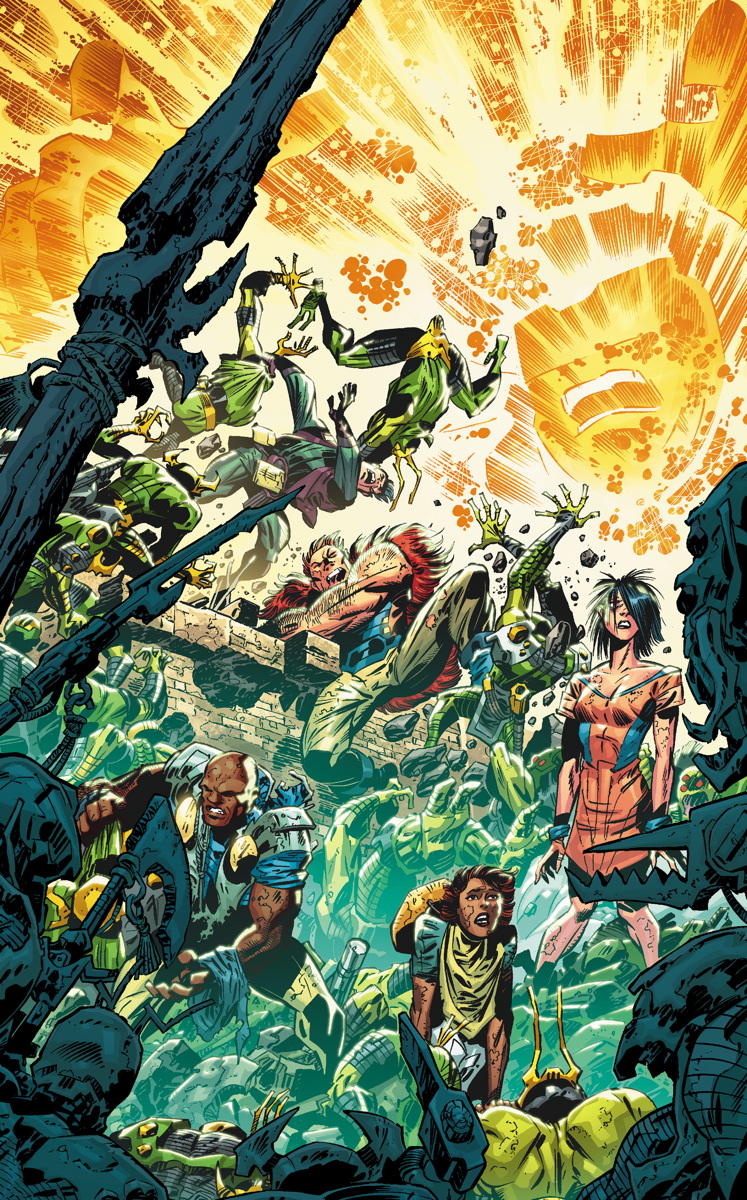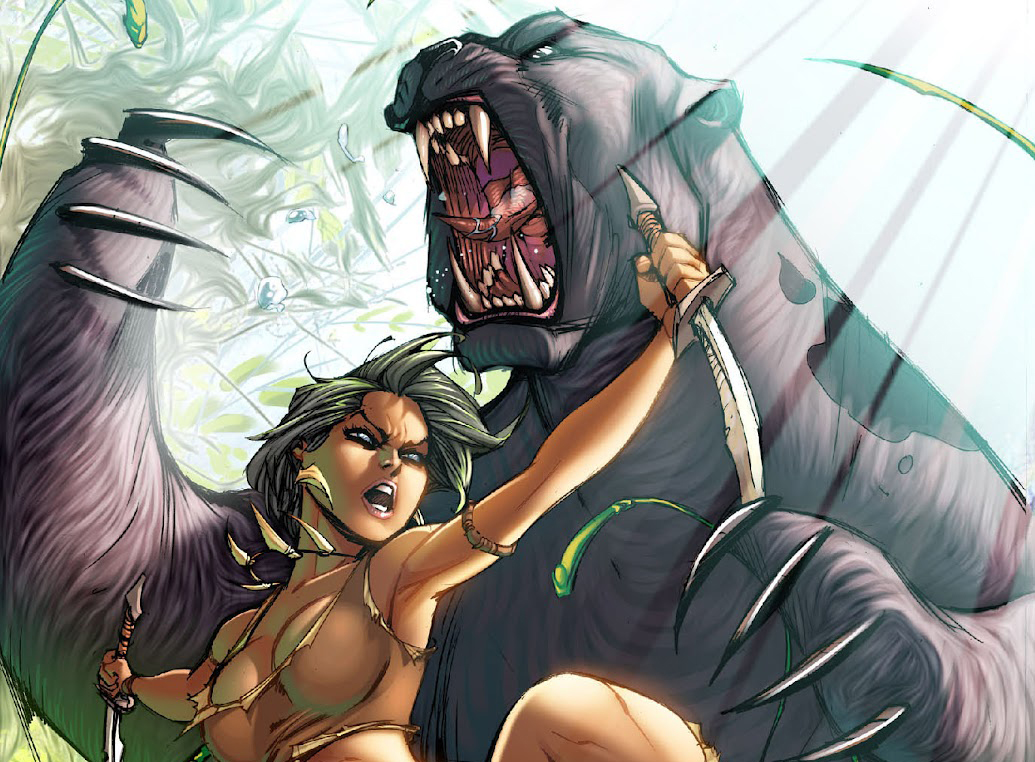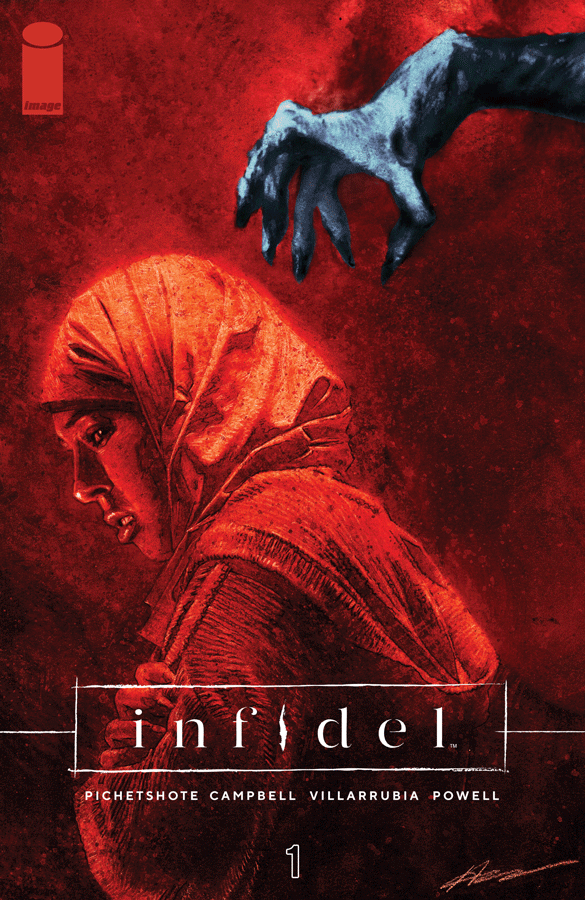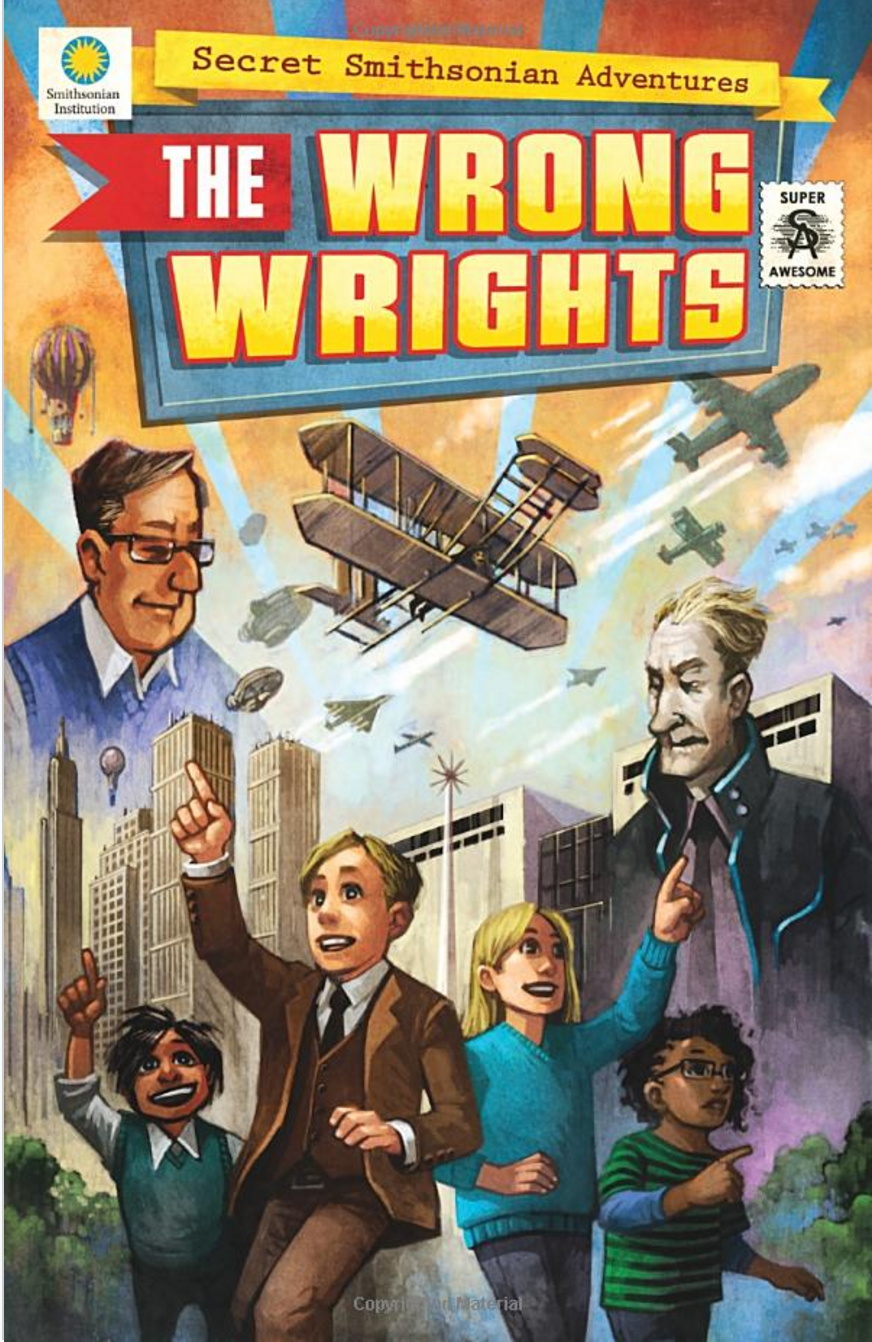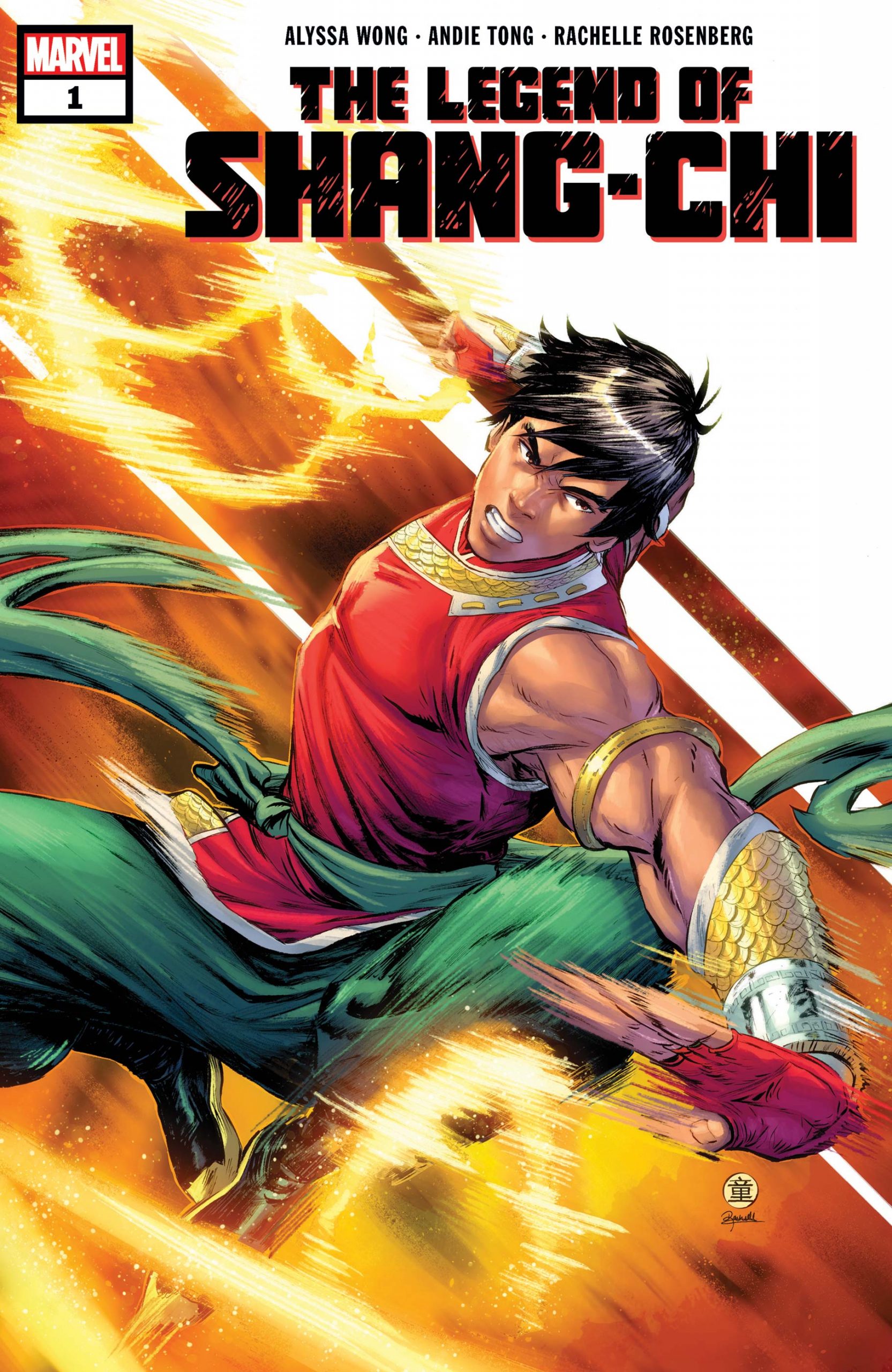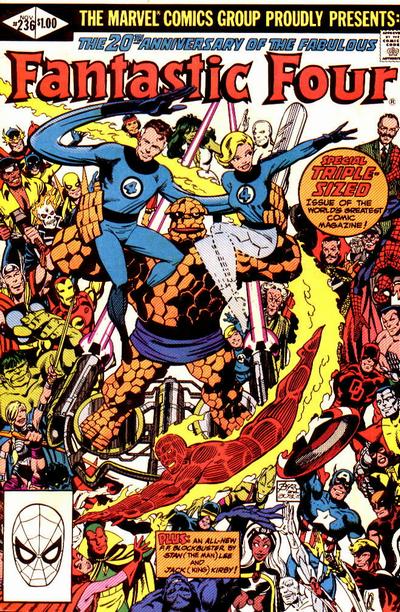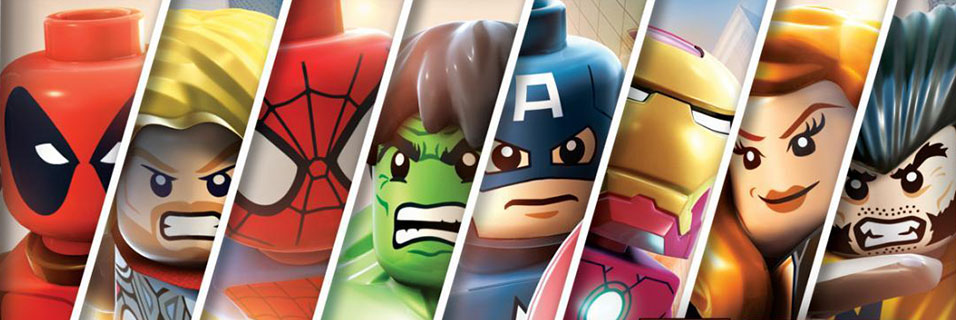
“One punch!” Blue Beetle gleefully yelled, after Batman knocked out Guy Gardner in Justice League #5. By this point in my reading, it had become apparent this was not your regular Justice League of America and I was okay with that. Justice League, later Justice League International (JLI), was a fresh new take on the DC franchise that had both quiet moments and epic events, but filled with humor and satire. Sometimes known as the “Bwah-ha-ha league” Justice League was a groundbreaking take on an aging book and one that I still hold near and dear to my heart.
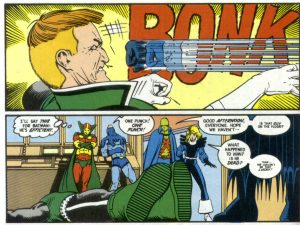
I’m a Crisis kid. I’d been reading comic books for a few years before that event, but it was around the time that I started collecting them seriously, well, as seriously as an eleven year old can. Crisis redefined the DC Universe, merging its beautiful tapestry of infinite earths into one. I was riveted and waited each month for the next installment of the destruction of multiple earths, which I wouldn’t come to love and appreciate until my late 20’s. After Crisis there were still questions regarding what this new universe was so DC produced Legends, a tight six issue mini-series that helped flush out what the new DCU would be and spawning out of Legends came the promise of a new Justice League and I couldn’t wait to read it.
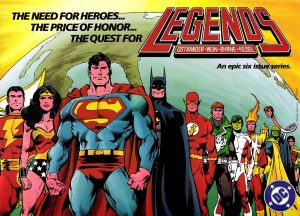
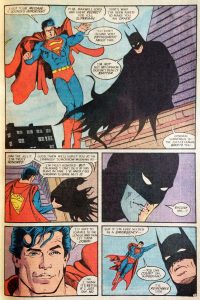
Prior to Legends, the Justice League of America had gone through what many consider a down period, the much-maligned Detroit era. I actually think the period is more enjoyable then many people give credit, but DC felt a change was needed and if you read Legends by the end you would think that the new incarnation of the League was going to be the classic heavy hitters as well as rising stars. The promo posters insinuated a classic lineup beautifully drawn by John Byrne. Then the incoming creative team of Keith Giffen, J.M. Dematteis, and Kevin Maguire were notified John Byrne had made Superman off limits as the Man of Steel reboot was being released and George Perez did the same with Wonder Woman. Hal Jordan was out but they could use Guy Gardner if they wanted. Mike Baron nixed the Flash so suddenly our League of heavy hitters was gone. Thankfully, Denny O’Neil took pity on the book and let them use Batman, who ended up being the straight man to many of the hijinks that would ensue. Some of my favorite moments of the new Justice League book are Batman and the Martian Manhunter walking quietly through the embassy, neither one believing they are part of this team of misfits.
The new Justice League was a definite departure from the expected. Joining the founding members Batman and Martian Manhunter were Captain Marvel, Blue Beetle, Black Canary, Guy Gardner, Mister Miracle, Doctor Fate, the new Doctor Light and by issue #4 Booster Gold and by #7 Captain Atom. The membership held significance that I had not realized in 1987. Batman and Martian Manhunter were original members of Earth 1, Doctor Fate and Black Canary had both begun as Earth 2 characters and now their histories merged with Earth 1 continuity during Crisis. Captain Atom and Blue Beetle had begun life as Charlton heroes, which DC had purchased prior to Crisis. Captain Marvel had been a Fawcett character, which DC had purchased in the seventies after crippling the company with a lawsuit over similarities between the Big Red Cheese and Superman. Mister Miracle was a Jack Kirby creation with his Fourth World and Guy Gardener was a legacy hero. The new Justice League was a combination of the new DC Universe, which had merged at the end of Crisis; all of DC’s different Earths and different heroes were now combined on one new team.
The tone of Justice League was whimsical, both in writing and in Kevin Maguire’s stellar facial expressions and panel layouts. Yes, there were serious stories and they took on serious villains, but the book had levity and each character had a unique personality. Prior to Justice League, Guy Gardner had always been portrayed as a pompous ass, but with one punch from Batman he becomes kind and a bit of a sweetheart for nearly two years- before an ill timed run in with Lobo. Blue Beetle and Booster Gold become bosom buddies, who irritate the rest of the team with their get rich quick schemes; Club JLI of issues 34 & 35 being a high point. Captain Marvel was naïve since he really is a child in a man’s body. Martian Manhunter was the responsible parent who loved his milk and cookies (we’ve since learned milk is like alcohol to Martians). Everyone had a role to play and played it perfectly.
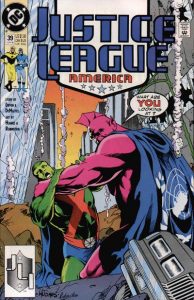
Over the course of the first few years of the book, the JLI dealt with cold war tensions of nuclear proliferation as well as adding a Rocket Red to the team as they went international and Glasnost and Perestroika took hold in the USSR. There were mystical threats in the Grey Man, as well as alien invasions, living islands (later turned into aformentioned Club JLI) and Despero received a destructive new look courtesy of Adam Hughes, who took over for Kevin Maguire and beautifully drew the JLI adventures for a couple of years. There were cosmic con men, an early Lobo appearance, and a run in with the Global Guardians over Middle East policies- all with a hint of satire, humorous undertone and running gags.
DC quickly spotted they had a winner and mined the franchise when they launched Justice League Europe and Justice League Quarterly. Luckily, Giffen and Dematteis stayed on the book and its spinoffs until issue 60 of the main book. Their voice helped guide the series and keep the lighthearted tone, even when dealing with heavy issues and the mandated company wide crossovers. Characters came and went, B and C list characters became stars in the book, but under consistent guidance the books maintained their quality.
When Dan Jurgens came aboard as the new writer and artist the book transformed into an editorially driven comic. It was roped into the Doomsday and Death of Superman storyline, as well as every other misguided DC event of the late 90’s. DC editors began walling off their big three and the book’s stars became Infinity Inc. stalwarts like Nuklon and Obsidian along with Bloodwynd, Maxima, and the Tasmanian Devil along with an unrecognizable Power Girl and Martian Manhunter. The tone shifted and the book became impossible to read for me as it spawned into not only Justice League America and Justice League Europe but also Justice League Task Force and the most 90’s titled book ever- Extreme Justice. None of it worked, but thankfully with its failure came Grant Morrison and his epic JLA re-launch. Yet, when I get the chance, I love going back and reading the first few years of JLI and I still laugh at the bungling heroes and root for them to become the heroes they truly were.


